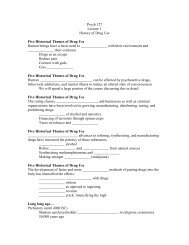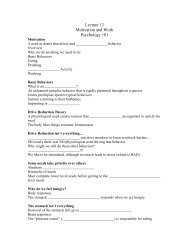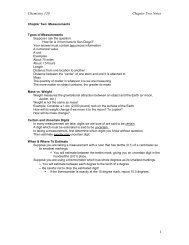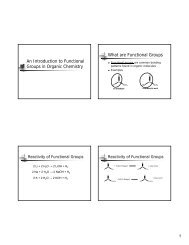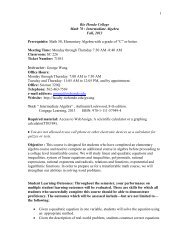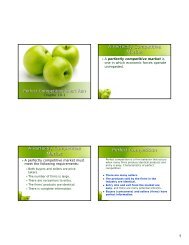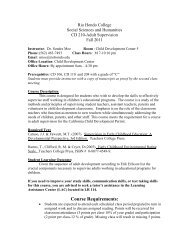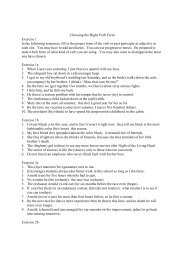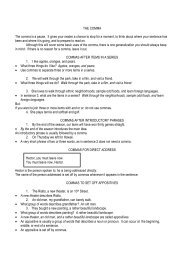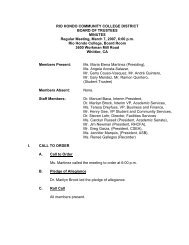Green Building and LEED Core Concepts Guide First Edition
Green Building and LEED Core Concepts Guide First Edition
Green Building and LEED Core Concepts Guide First Edition
Create successful ePaper yourself
Turn your PDF publications into a flip-book with our unique Google optimized e-Paper software.
To achieve <strong>LEED</strong> certification, new buildings mlY not use CFC-based refrigerants,<br />
<strong>and</strong> existing buildings must complete a total CFC phase-out prior to project completion.<br />
<strong>LEED</strong> awards points for projects that entirely avoid the use of refrigerants or<br />
select refrigerants that balance concerns about ozone depletion <strong>and</strong> global warming.<br />
<strong>LEED</strong> recognizes that there are no perfect refrigerants but it is possible to carefully<br />
consider performance characteristics <strong>and</strong> overall environmental impacts <strong>and</strong> select a<br />
refrigerant with an acceptable trade-off .<br />
• "The Treatment by <strong>LEED</strong> of the Env!ronmental Impact of HVAC Refrigerants" (USGBC<br />
Techntcal <strong>and</strong> Scientific Advisory Committee, 2004), httDjllwww·usgbc.orgiDocs,l<br />
LEW tsacfISAC Refrig Report final-Approyed,pdf.<br />
RENEWABLE ENERGY<br />
Reduced dem<strong>and</strong> <strong>and</strong> increased efficiency often make it cost-effective to<br />
meet most or all of a bu ild ing's energy needs from renewable sources. Renewable<br />
energy is typically understood to include solar, wind, wave, biomass, <strong>and</strong> geothermal power,<br />
plus certain forms of hydropower. Use of these energy sources avoids the myriad environmental<br />
impacts associated with the production <strong>and</strong> consumption of traditional fuels. such as coal, nuclear<br />
power, oil. <strong>and</strong> natural gas.<br />
tEED distinguishes between ensite renewable energy production <strong>and</strong> the purchase of offsite green<br />
power. Onsite energy production typically involves a systcm that generatcs clean electricity, such<br />
as solar phorovoltaic panels that convert light energy into electricity. Offsite renewable energy is<br />
purchased from a utility or a provider of renewable energy certificates (REes). Sometimes projects<br />
can enter into agreements that provide for specific energy sources, such as wind or biomass, from a<br />
particular generation facility. A project usually pays a premium for grcen power.<br />
Strategies fo r meeting energy dem<strong>and</strong> with renewable energy include the<br />
following,<br />
• Generate onsile renewable energy. Install photovoltaic cells, solar hot-water heaters, or<br />
build!ng-mounted wind turbines .<br />
• Purchase oHsite renewable energy. Buy green power or renewable energy certificates to<br />
reduce the impact of purchased electricity <strong>and</strong> promote renewable energy generation.<br />
ONGOING ENERGY PERFORMANCE<br />
Attention to energy use doesn't end with the design <strong>and</strong> construction of an<br />
energy-efficient bui ldi ng or neighborhood. Tt is critical tocnsurcthataprojectfunctions<br />
as designed <strong>and</strong> dlat it sustains <strong>and</strong> improves this performance over time. tEED recognizes <strong>and</strong> encourages<br />
operational energy perrormance through its requirements for building commissioning<br />
<strong>and</strong> credits for monitoring <strong>and</strong> verification.<br />
Energy <strong>and</strong> Atmosphere 49




